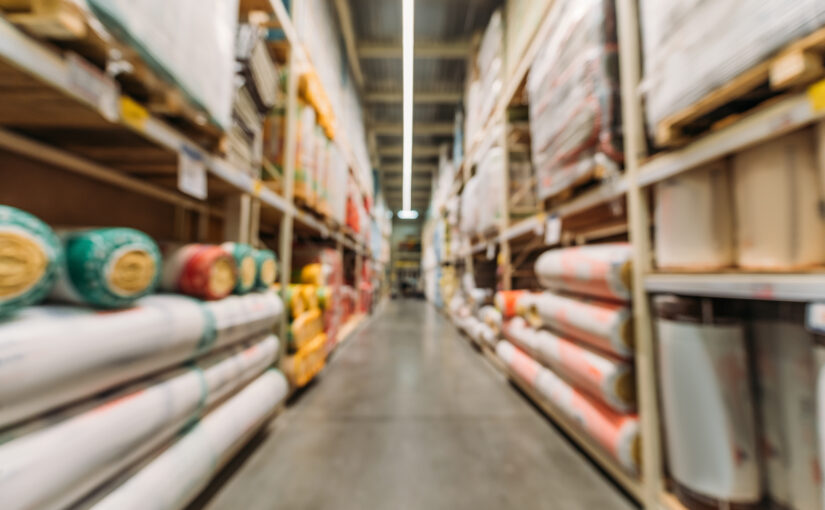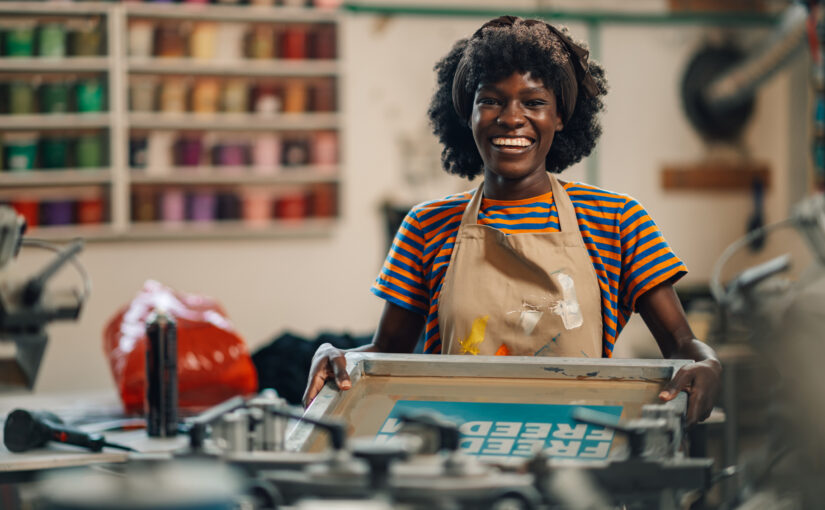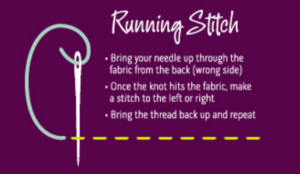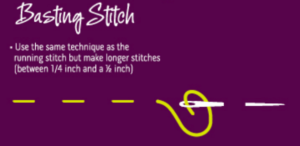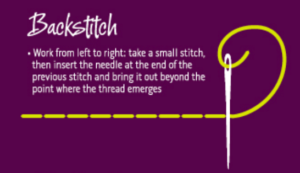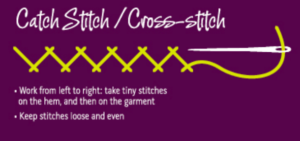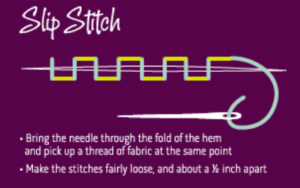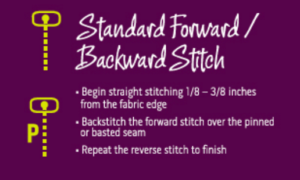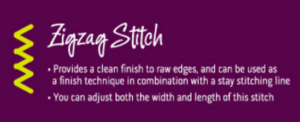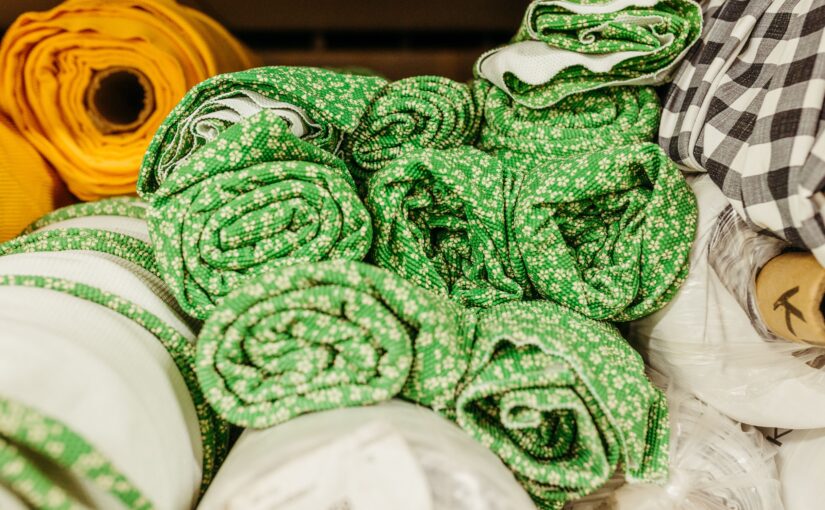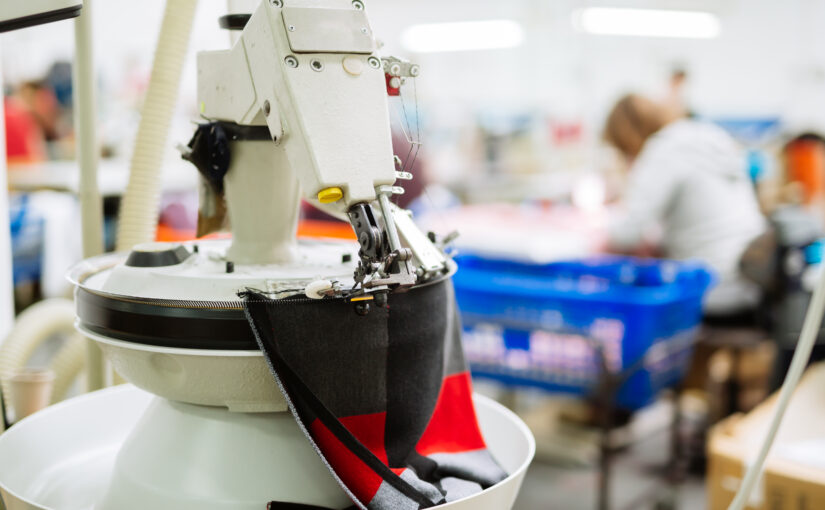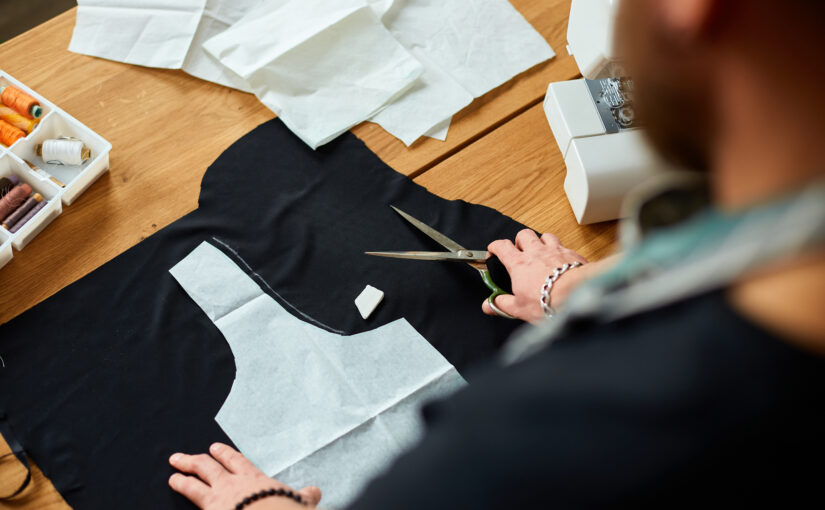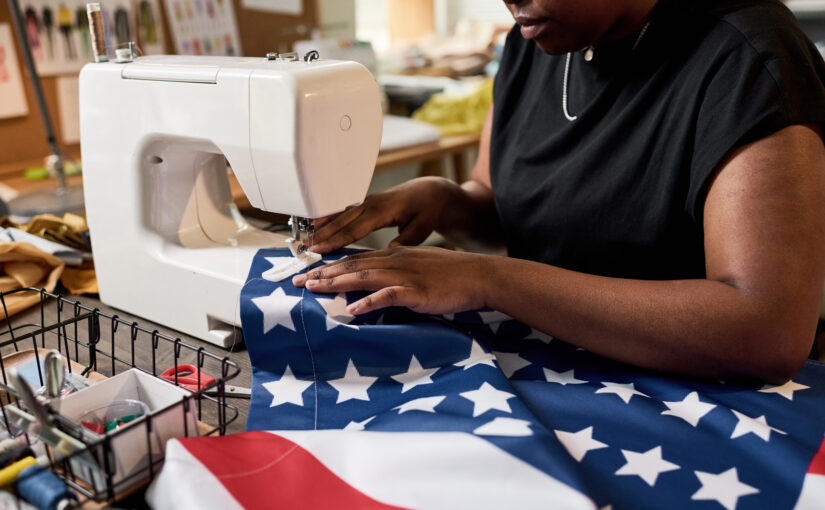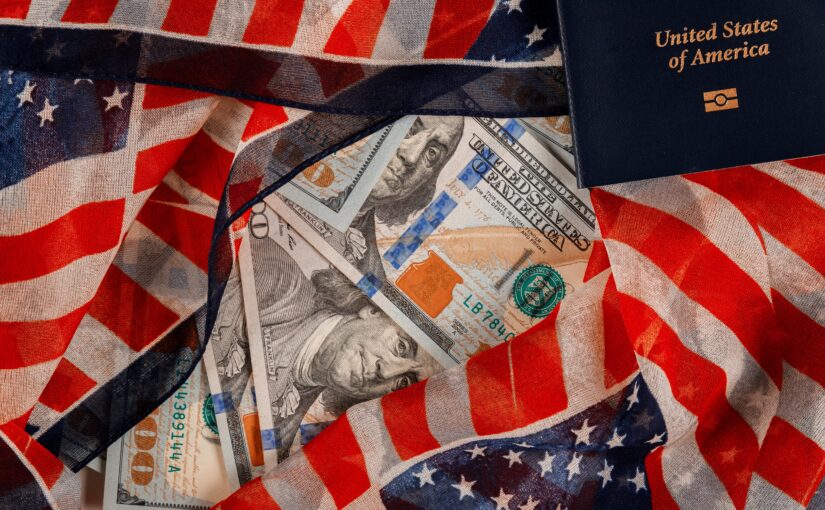The soft goods industry is changing rapidly. Shifting consumer values, technological advancements, supply chain challenges, and changing global dynamics are accelerating strategy changes in domestic manufacturing facilities. As a trusted partner to some of the world’s leading brands, Softline Brand Partners is witnessing firsthand how these forces are reshaping the landscape. Let’s take a comprehensive look at the major trends shaping the future of domestic manufacturing for soft goods.
Reshoring and Supply Chain Resilience
The COVID-19 pandemic revealed significant vulnerabilities in the global supply chain. Brands and manufacturers alike experienced unprecedented delays and disruptions, material shortages, and cost volatility. In response, many U.S.-based companies are turning to reshoring strategies to regain control and stability.
Reshoring involves moving aspects of the supply chain back to U.S. soil in an effort to shorten lead times, reduce logistics costs, and ensure better oversight. According to a 2021 survey by the Reshoring Initiative, over 60% of U.S. manufacturers are actively exploring reshoring or have already implemented it into their operational strategies. Many brands also note that domestic manufacturing allows for quick pivots in response to rapidly changing market demands, giving brands a competitive edge.
At Softline Brand Partners, we’ve observed that clients are increasingly valuing proximity and reliability. Our domestic manufacturing partners allow us to reduce supply chain risks and deliver high-quality products at high speeds.
Embracing Micro-Trends with Agile Manufacturing
The soft goods market is more dynamic than ever. Social media, influencers, and digital platforms fuel micro-trends that emerge and fade faster than traditional production cycles can accommodate. Gone are the days of long forecasting periods and large production runs.
Agile manufacturing is now a strategic imperative. In the face of social media trends, manufacturers must be able to make small batch products fast without compromising quality. To meet these consumer expectations, companies are investing in technologies such as digital pattern-making, automated cutting systems, and just-in-time production models to create an efficient soft goods supply chain.
Softline Brand Partners has led the charge by incorporating lean production methodologies and nimble supply chains to help clients capitalize on emerging micro-trends. Our vertically integrated approach ensures that from design to final delivery, every step is optimized for speed, quality, and responsiveness.
This shift toward agility benefits both brands and consumers. Brands reduce excess inventory and waste, while consumers enjoy access to innovative, trend-forward products almost as soon as they appear on the market.
Sustainability as a Strategic Imperative
Sustainability has become a defining value of the modern consumer, especially among Gen Z and Millennials. Today’s customers expect the brands they support to prioritize environmental responsibility and ethical production. In the soft goods industry, this expectation manifests in materials selection, energy usage, waste reduction, and overall lifecycle management.
According to a 2024 PwC Report, over 70% of consumers are willing to pay a 9.7% premium for sustainably produced products. As a result, domestic manufacturers are embracing eco-conscious processes, including:
- Sourcing organic, recycled, and biodegradable materials.
- Incorporating closed-loop production systems to reduce waste.
- Using low-impact dyes and water-saving manufacturing technologies.
- Upcycling surplus materials into new product lines.
At Softline Brand Partners, we’re proud to offer clients access to innovative, sustainable solutions. From recycled fabrics to plant-based leathers such as Desserto® cactus leather, we continually seek out ways to help brands reduce their environmental footprint without compromising quality or style.
Additionally, local production significantly reduces the carbon footprint associated with international logistics. This is a key reason many brands are switching to U.S. partnerships.
Navigating Tariffs and Trade Policies
The international trade environment has always been unpredictable. In the face of new tariffs and shifting regulations, brands may face challenges producing products overseas. Notably, the elimination of the de minimis exemption for low-value imports and increased tariffs on certain textiles and goods from China have made overseas production less economically attractive.
Domestic manufacturers are seizing this moment to offer brands a more stable and predictable alternative. By producing domestically, brands can minimize risks associated with international duties, customs delays, and geopolitical instability.
At Softline Brand Partners, we’ve worked closely with clients to analyze how tariff changes affect their cost structures and to develop reshoring strategies that maintain profitability while boosting quality and responsiveness.
Investing in Workforce Development
As domestic manufacturing rebounds, so does the demand for highly skilled labor. Modern soft goods manufacturers require a workforce proficient not only in traditional craftsmanship but also in operating sophisticated machinery and managing integrated digital systems.
The industry faces a well-documented skills gap. According to Deloitte’s 2024 manufacturing outlook, an estimated 1.9 million manufacturing jobs in the U.S. could go unfilled due to a lack of qualified workers. Forward-thinking manufacturers are addressing this challenge through:
- Workforce training programs and apprenticeships.
- Partnerships with technical schools and community colleges.
- Continuous upskilling initiatives for existing employees.
The soft goods industry is at a transformative juncture, shaped by the demand for faster turnaround, sustainable solutions, supply chain resilience, and technological innovation. Domestic manufacturers are uniquely positioned to lead this evolution by offering agile, sustainable, and locally produced solutions.
As we look to the future, Softline Brand Partners is committed to providing brands with industry-leading expertise, advanced manufacturing capabilities, and the flexibility to thrive in a rapidly changing market. Whether navigating global uncertainties or capitalizing on emerging design trends, we are dedicated to helping brands succeed through purposeful collaboration and innovation.
Partner with Softline!
For brands seeking a reliable partner in the ever-evolving soft goods space, contact Softline Brand Partners to explore the power of domestic manufacturing.


